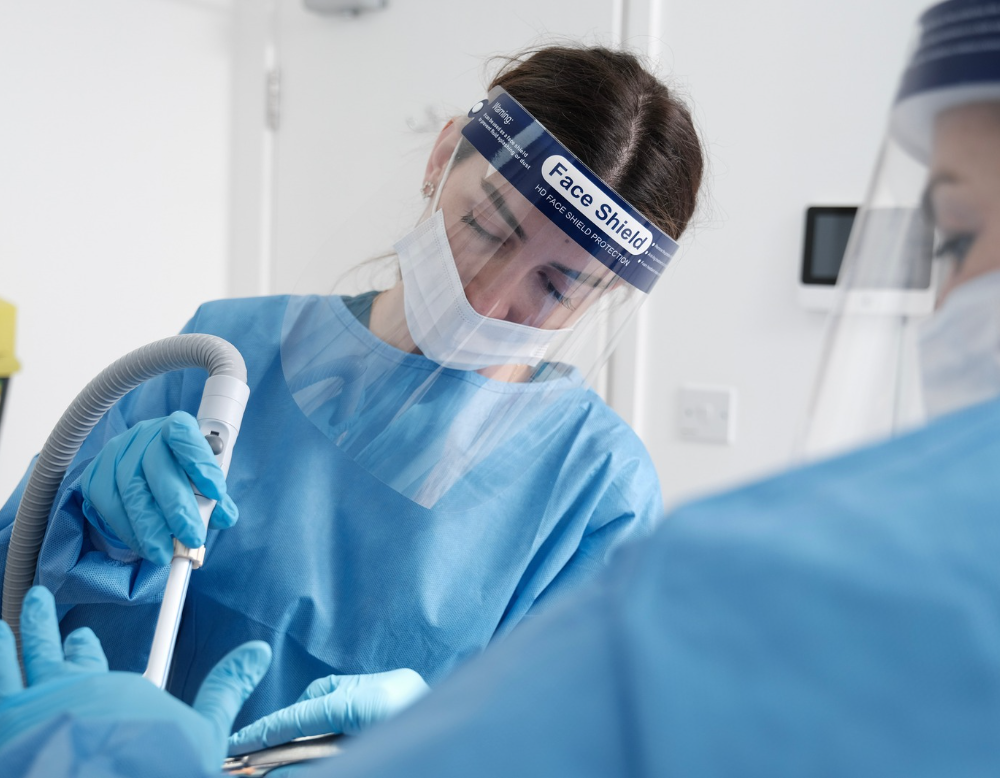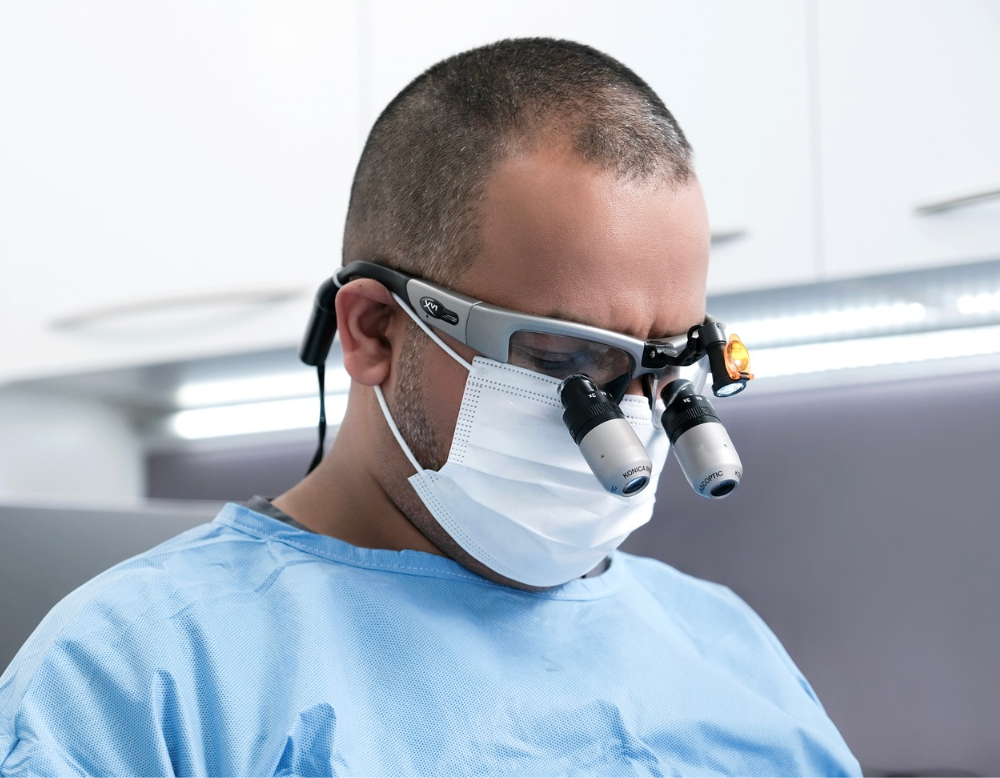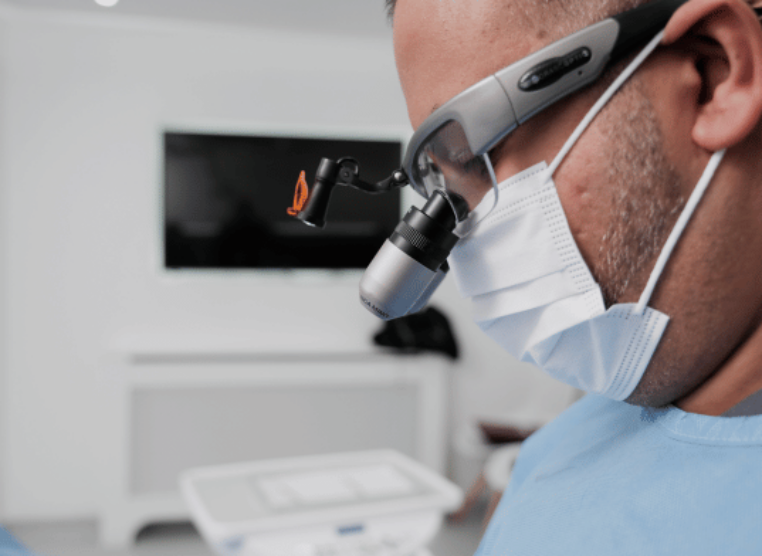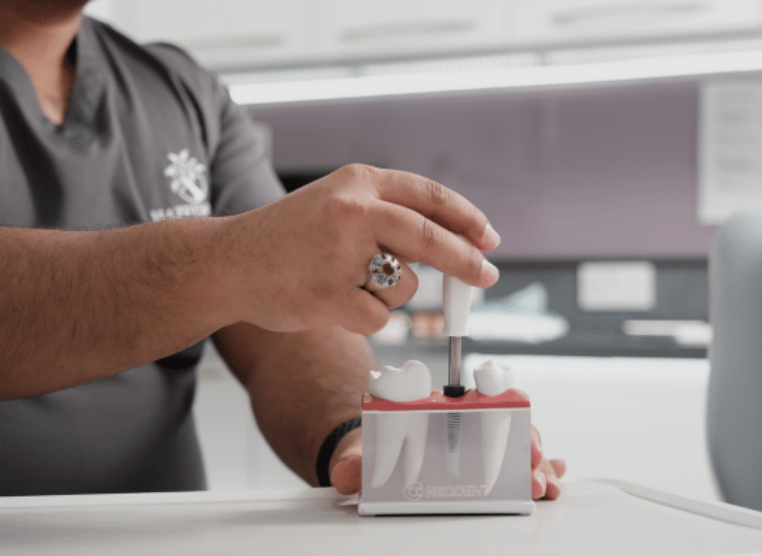As local anaesthetic is used, you should feel only some mild to moderate pressure whilst your dentist places your implant.
You may experience some discomfort for 2-3 days after your surgery whilst your body begins the immediate healing process. This can be accompanied by minor swelling and bleeding. In the vast majority of cases, pain experienced in the 2-3 days after implant placement can be controlled with over-the-counter painkillers.














